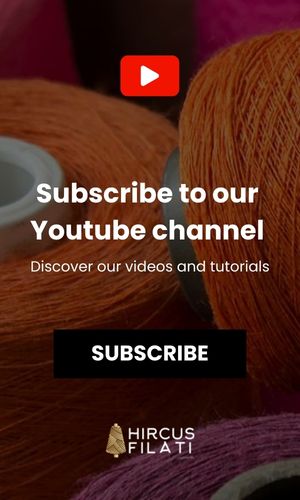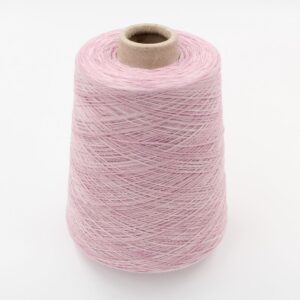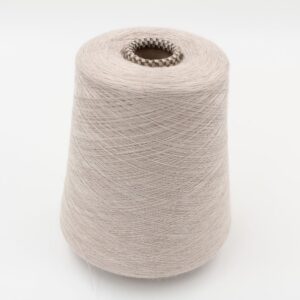No products in the basket.
What does “ply” mean in yarn?
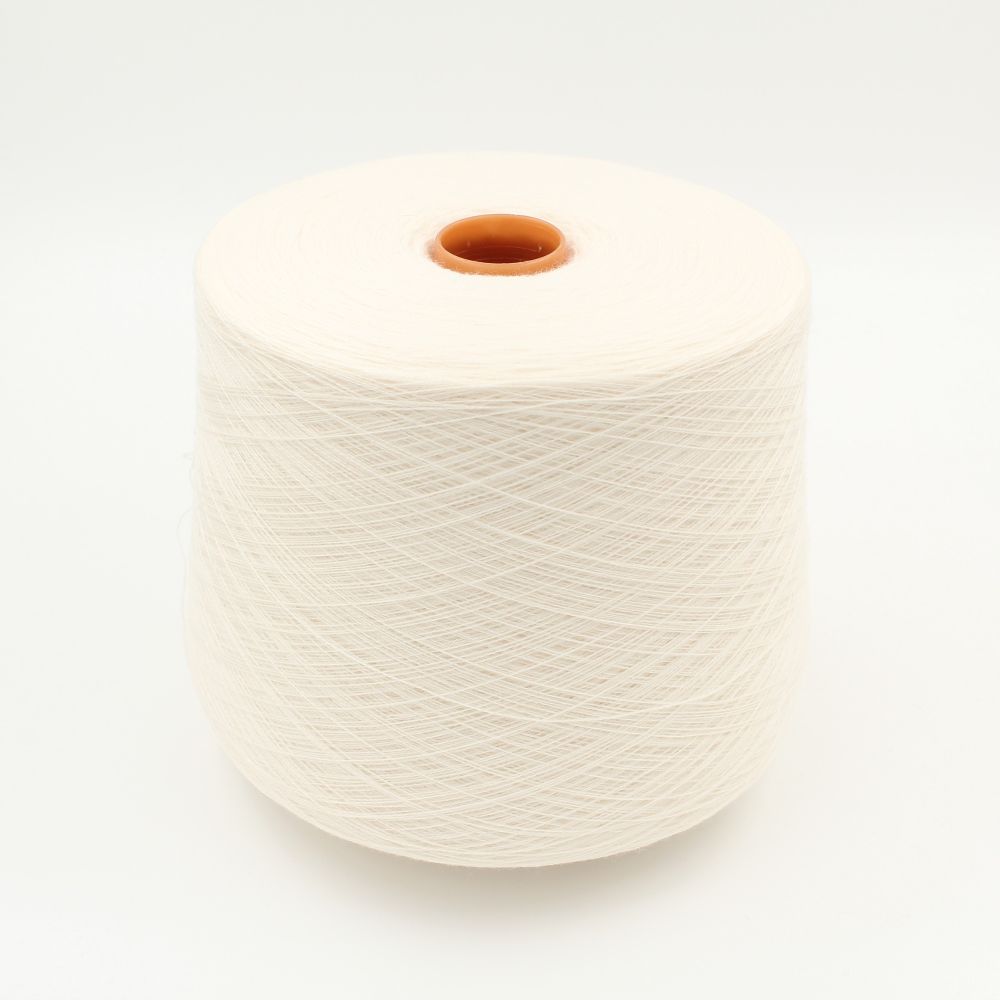
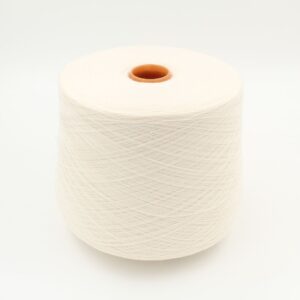 📌 What does “ply” mean in yarn?
📌 What does “ply” mean in yarn?
“Ply” refers to the number of strands (or plies) twisted together to make a yarn.
So:
2 ply = 2 strands twisted together.
4 ply = 4 strands twisted together.
And so on.
📏 Does it indicate the yarn’s thickness?
Not always, but it often does.
Traditionally, in the British system, ply numbers were used to indicate yarn weight:
1 ply → very fine (lace weight).
2 ply → fine.
4 ply → fingering or sport weight.
8 ply → double knitting (DK).
10/12 ply → worsted or aran.
➡️ However, with modern yarns, the ply number does not always correspond to the thickness. For example:
A 2 ply can be thicker than a 4 ply if its individual strands are thicker.
What matters is how the yarn is made, not just how many plies it has.
🧶 Technical and tactile differences
2 ply: tends to be rounder, good for delicate work, and offers nice stitch definition.
4 ply: more stable and durable, good for structured knits.
More plies → more strength and less pilling, but sometimes less drape or softness.
✅ In summary:
| Ply | Number of Strands | Typical Characteristics | Approx. Weight |
|---|---|---|---|
| 1 ply | 1 | Soft, delicate, loosely spun | Lace |
| 2 ply | 2 | Light, flexible | Fingering |
| 4 ply | 4 | Compact, well-defined | Sport/DK |
| 8 ply | 8 | Strong, stable | DK/Worsted |


